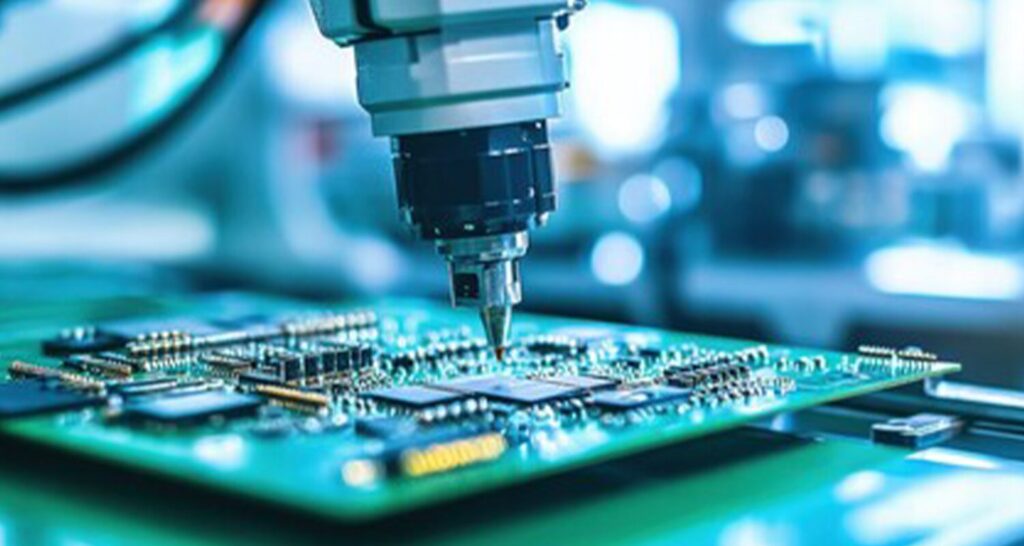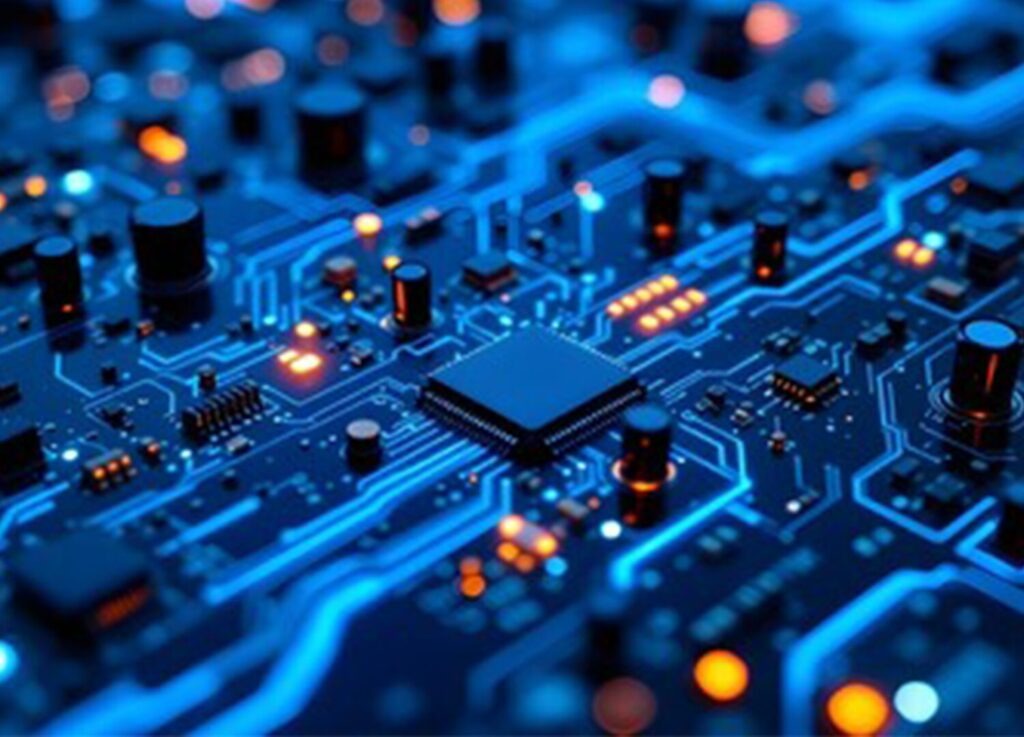Have Any Questions?
+800-327-9912
Tesla’s Influence on Data Science and Machine Learning
Tesla’s Influence on Data Science and Machine Learning
Nikola Tesla’s pioneering work in electricity, electromagnetism, and wireless
communication laid the foundation for many modern technological advancements.
Introduction
While Tesla did not directly contribute to data science or machine learning, his innovative thinking and groundbreaking discoveries have had a profound influence on the evolution of these fields.
Today, Tesla’s principles in energy transmission, wireless communication, and automation continue to shape advancements in artificial intelligence (AI), big data analytics, and machine learning. His predictive mindset, analytical methods, and vision for intelligent automation align with the key principles driving modern data-driven technologies.
1. Tesla’s Vision of Automation and Intelligence
Tesla envisioned a future where machines could think and operate independently. His experiments with remote control technology, wireless energy, and electrical resonance laid the groundwork for modern automation systems and AI-powered devices.
Tesla’s early concepts of intelligent, autonomous machines align closely with machine learning and artificial intelligence, where systems learn from patterns and make data-driven decisions without direct human intervention.
2. Wireless Communication and Data Transmission
Tesla’s research on wireless energy and signal transmission anticipated today’s digital communication infrastructure. His work directly influenced:
- Wi-Fi and Bluetooth connectivity.
- 5G networks and high-speed data transfer.
- Cloud computing and real-time IoT (Internet of Things) communication.
Modern machine learning models rely on massive data streams, transmitted wirelessly across networks, storage systems, and distributed computing platforms—an idea Tesla explored long before the digital age.

3. Tesla’s Contributions to Big Data Processing
Modern data science revolves around processing large-scale datasets efficiently. Tesla’s ideas on energy transmission, wave propagation, and electromagnetic fields parallel the way data flows through distributed computing networks.
His work in high-frequency electrical currents and resonance has inspired modern computing architectures, which optimize data processing for machine learning applications, AI-driven analytics, and cloud-based data storage.
4. Influence on Neural Networks and Pattern Recognition
Tesla’s research on resonance, electrical currents, and frequency tuning has indirect applications in neural networks and pattern recognition.
Machine learning algorithms mimic neural processing by recognizing patterns in data. Tesla’s studies on energy transfer and wave behavior reflect a similar principle—where complex systems process signals and optimize responses based on patterns.
5. Predictive Modeling and Tesla’s Analytical Mind
Tesla was known for his predictive thinking, often envisioning advancements decades before they materialized. His analytical approach to problem-solving and forecasting resembles modern predictive analytics and AI-driven forecasting tools.
Today, machine learning models analyze historical data to make future predictions, much like Tesla’s ability to anticipate trends in wireless technology, automation, and energy systems.

6. Edge Computing and Real-Time Data Processing
Tesla’s innovations in distributed energy systems and electrical grids parallel the modern concept of edge computing, where data processing occurs closer to the source rather than relying on centralized systems.
This approach is critical for real-time AI applications, including:
- Autonomous vehicles and real-time navigation systems.
- Smart cities and IoT-enabled infrastructure.
- Healthcare monitoring and predictive diagnostics.
Tesla’s focus on optimizing energy and communication systems mirrors today’s advancements in decentralized data processing.
7. Tesla’s Influence on Robotics and Automation
Tesla’s radio-controlled boat (1898) was one of the first demonstrations of wireless automation, a concept that now serves as the foundation for:
- Modern robotics and AI-powered automation.
- Industrial automation and smart manufacturing.
- Drones and remote-controlled machinery.
Machine learning enables robots and AI systems to adapt, learn, and make intelligent decisions—a vision Tesla predicted over a century ago.

8. AI-Powered Energy Systems Inspired by Tesla
Tesla’s work on wireless energy transmission and smart power grids has inspired advancements in:
- AI-driven renewable energy management.
- Smart grids that optimize electricity distribution using real-time data.
- Predictive AI systems that forecast energy demand and improve efficiency.
Tesla believed in a world where energy could be intelligently managed, a concept now realized through AI-enhanced power distribution networks.
Conclusion
Nikola Tesla’s visionary ideas in wireless communication, energy transmission, and automation continue to influence data science, machine learning, and artificial intelligence. His innovative approach to problem-solving and predictive modeling aligns with modern advancements in big data analytics, real-time computing, and AI-driven automation.
As technology advances, Tesla’s legacy serves as a guiding force in the fields of data-driven decision-making, AI innovation, and intelligent computing. His contributions transcend time, proving that his foresight remains relevant in shaping the future of artificial intelligence and machine learning.
